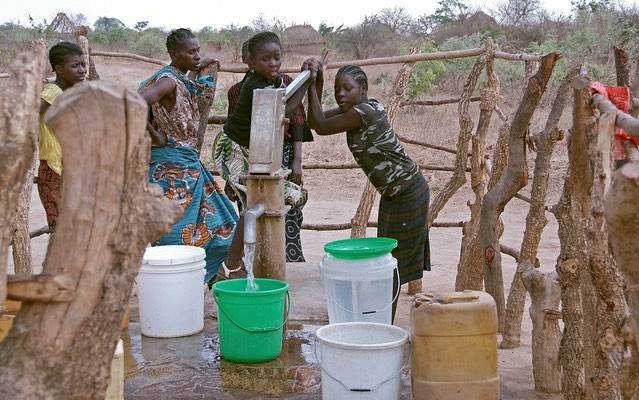Global Water
Crisis: Analyzing the Impact of Water Scarcity, Pollution, and Solutions for
Sustainable Water Management
The global water crisis affects billions worldwide, presenting complex challenges of scarcity and pollution. Water scarcity arises when demand exceeds supply, driven by factors such as rapid population growth, urbanization, climate change, and the overexploitation of resources. Cities are expanding at an unprecedented rate, placing immense pressure on local water supplies, while unpredictable weather patterns and severe droughts caused by climate change further strain these resources.
Water pollution compounds the scarcity issue by making
available water unusable. Industrial discharges release harmful chemicals and
heavy metals into rivers and lakes, contaminating sources relied on for
drinking and agriculture. Agricultural runoff containing fertilizers and
pesticides leads to nutrient pollution, causing toxic algal blooms and aquatic
dead zones. Additionally, untreated domestic sewage pollutes water bodies,
fostering waterborne diseases like cholera and dysentery, which claim hundreds
of thousands of lives annually.
The impacts of the water crisis are severe: it threatens
food security by diminishing agricultural productivity and exacerbates health
risks, particularly in vulnerable regions. Economic growth suffers when
communities face limited water access, restricting development and amplifying
poverty cycles.
Solutions for sustainable water management include
multi-pronged approaches:
• Water
Conservation: Implementing efficient irrigation techniques, rainwater
harvesting, and promoting water-saving appliances in households.
• Pollution
Mitigation: Strengthening regulations to curb industrial and agricultural
pollution, encouraging eco-friendly practices, and investing in public
education on water protection.
• Technological
Advancements: Utilizing advanced treatment methods like desalination and
recycling can enhance water availability. Technologies such as nanofiltration
improve water safety and usability.
Global collaboration is essential. Policymakers, NGOs, and
industries must develop and enforce integrated water resource management plans.
Community involvement and international partnerships can support sustainable
practices, safeguarding water as a resource for future generations. Addressing
the crisis now ensures health, economic stability, and environmental balance
for decades to come.


